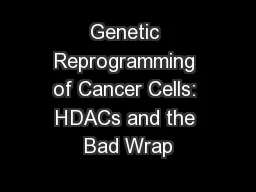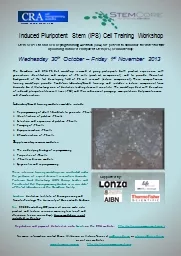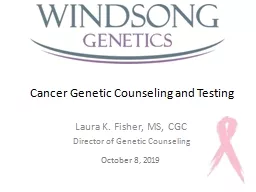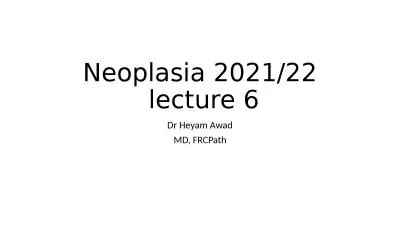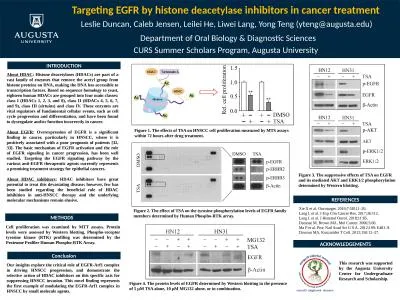PPT-Genetic Reprogramming of Cancer Cells: HDACs and the Bad Wrap
Author : conchita-marotz | Published Date : 2018-09-19
Dr Cassandra Tierney Cancer Statistics httpwwwcdcgov Quick Anatomy Lesson How do you get Colon Cancer Nearly all colon cancers begin as noncancerous benign polyps
Presentation Embed Code
Download Presentation
Download Presentation The PPT/PDF document "Genetic Reprogramming of Cancer Cells: H..." is the property of its rightful owner. Permission is granted to download and print the materials on this website for personal, non-commercial use only, and to display it on your personal computer provided you do not modify the materials and that you retain all copyright notices contained in the materials. By downloading content from our website, you accept the terms of this agreement.
Genetic Reprogramming of Cancer Cells: HDACs and the Bad Wrap: Transcript
Download Rules Of Document
"Genetic Reprogramming of Cancer Cells: HDACs and the Bad Wrap"The content belongs to its owner. You may download and print it for personal use, without modification, and keep all copyright notices. By downloading, you agree to these terms.
Related Documents

